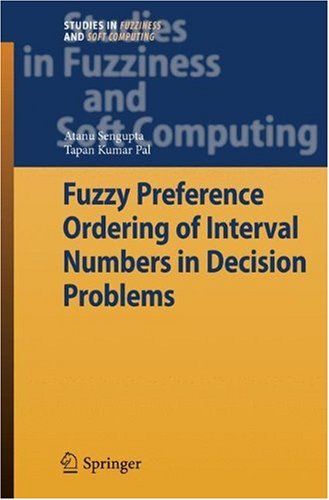

Most ebook files are in PDF format, so you can easily read them using various software such as Foxit Reader or directly on the Google Chrome browser.
Some ebook files are released by publishers in other formats such as .awz, .mobi, .epub, .fb2, etc. You may need to install specific software to read these formats on mobile/PC, such as Calibre.
Please read the tutorial at this link: https://ebookbell.com/faq
We offer FREE conversion to the popular formats you request; however, this may take some time. Therefore, right after payment, please email us, and we will try to provide the service as quickly as possible.
For some exceptional file formats or broken links (if any), please refrain from opening any disputes. Instead, email us first, and we will try to assist within a maximum of 6 hours.
EbookBell Team

4.4
102 reviewsIn conventional mathematical programming, coefficients of problems are usually determined by the experts as crisp values in terms of classical mathematical reasoning. But in reality, in an imprecise and uncertain environment, it will be utmost unrealistic to assume that the knowledge and representation of an expert can come in a precise way. The wider objective of the book is to study different real decision situations where problems are defined in inexact environment. Inexactness are mainly generated in two ways – (1) due to imprecise perception and knowledge of the human expert followed by vague representation of knowledge as a DM; (2) due to huge-ness and complexity of relations and data structure in the definition of the problem situation. We use interval numbers to specify inexact or imprecise or uncertain data. Consequently, the study of a decision problem requires answering the following initial questions – How should we
The present research work consists of two closely related fields: approaches towards defining a generalized preference ordering scheme for interval attributes and approaches to deal with some issues having application potential in many areas of decision making.